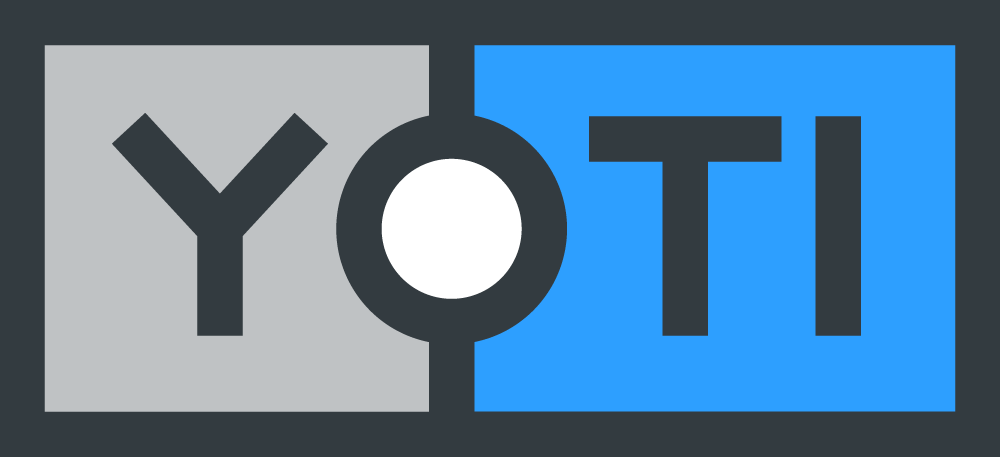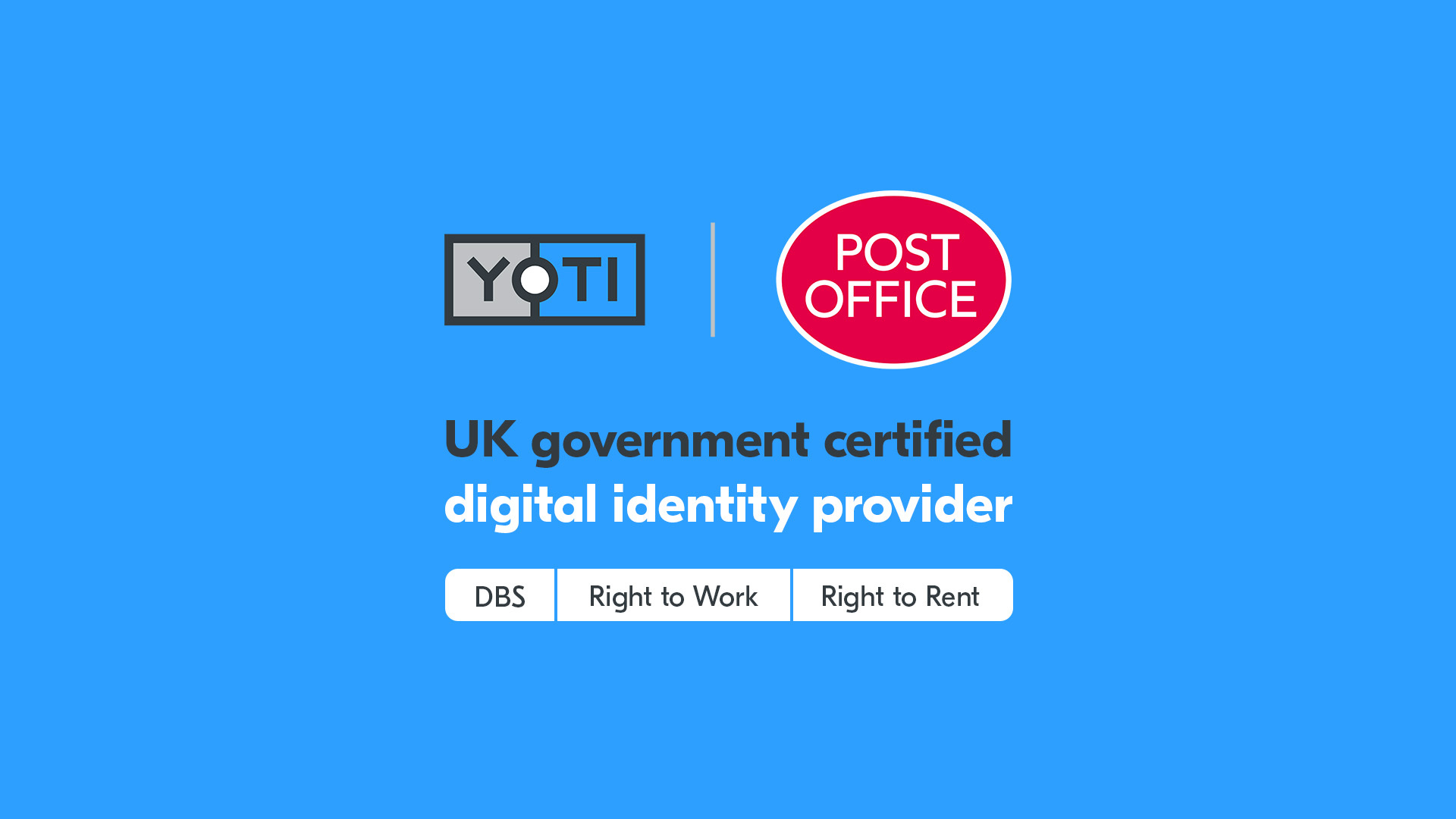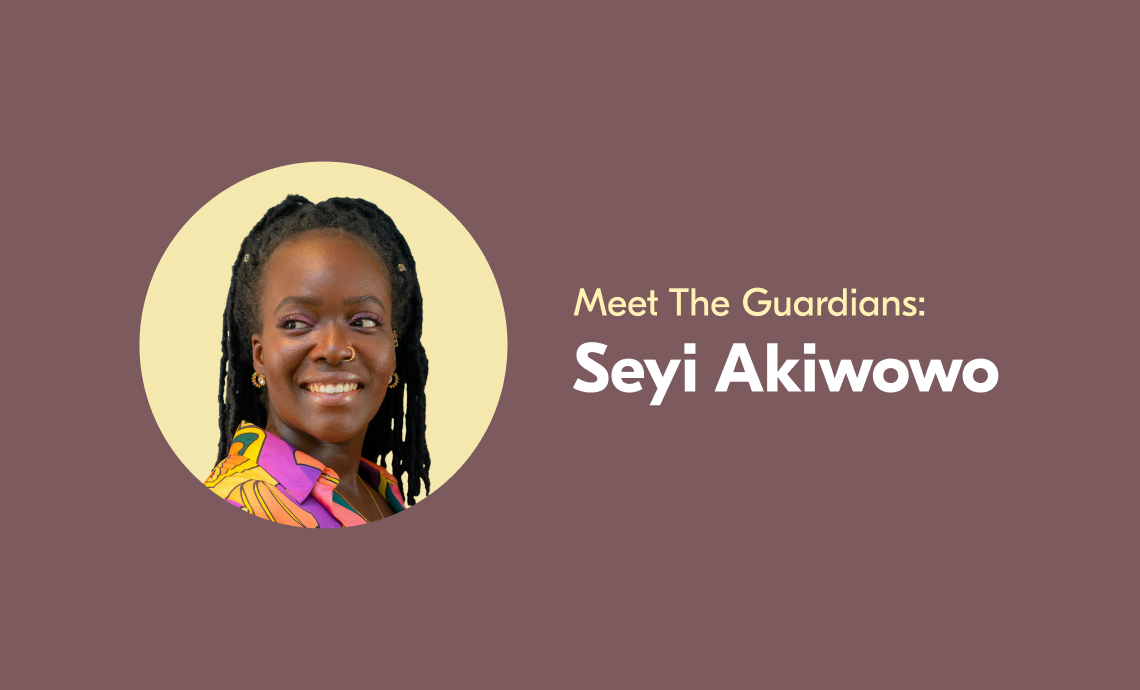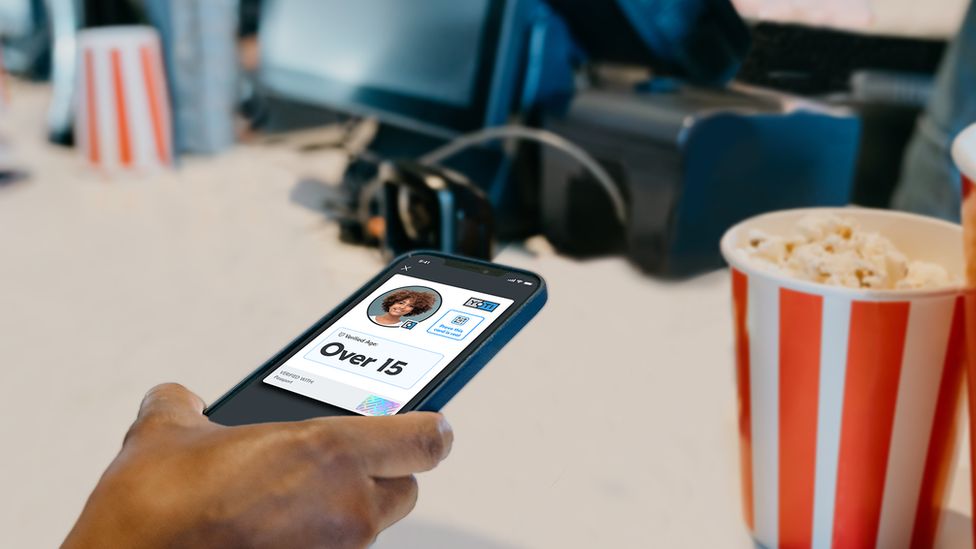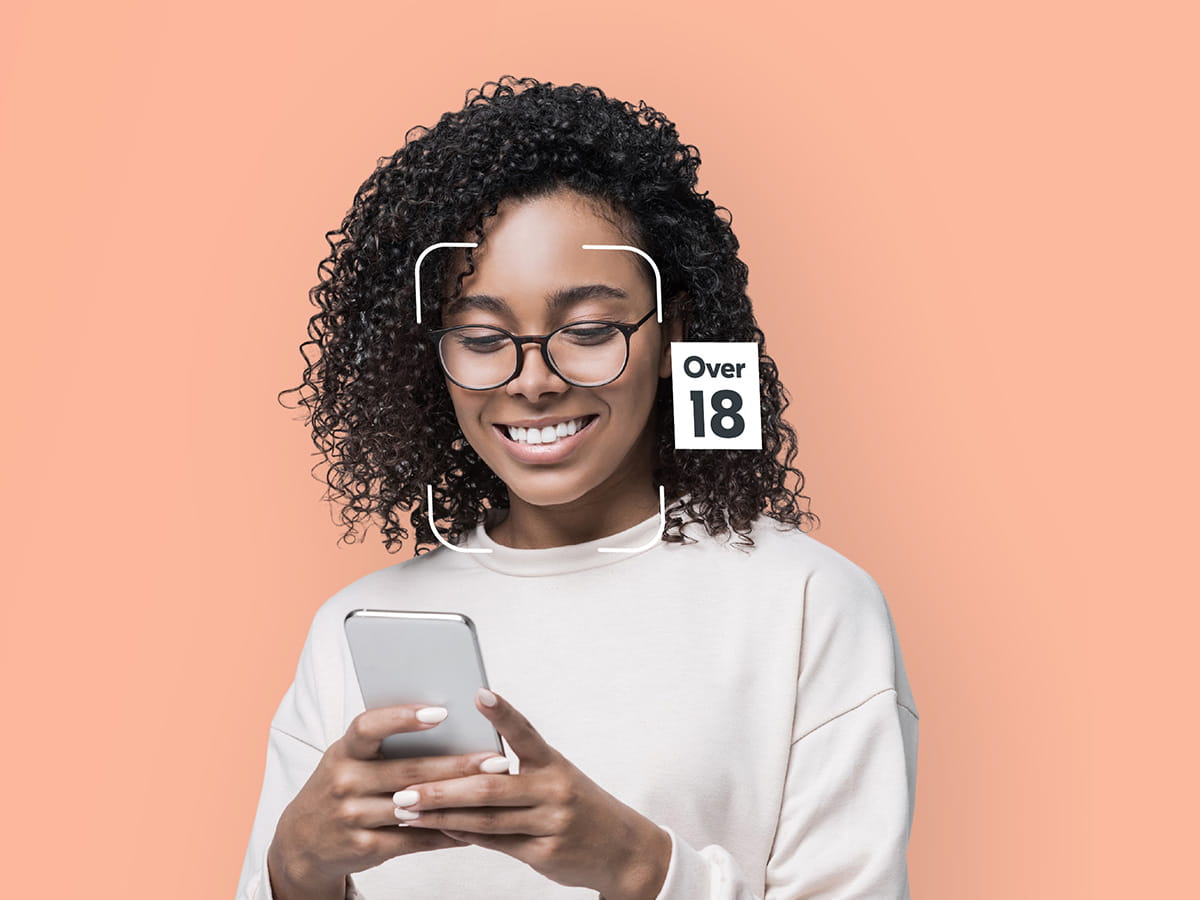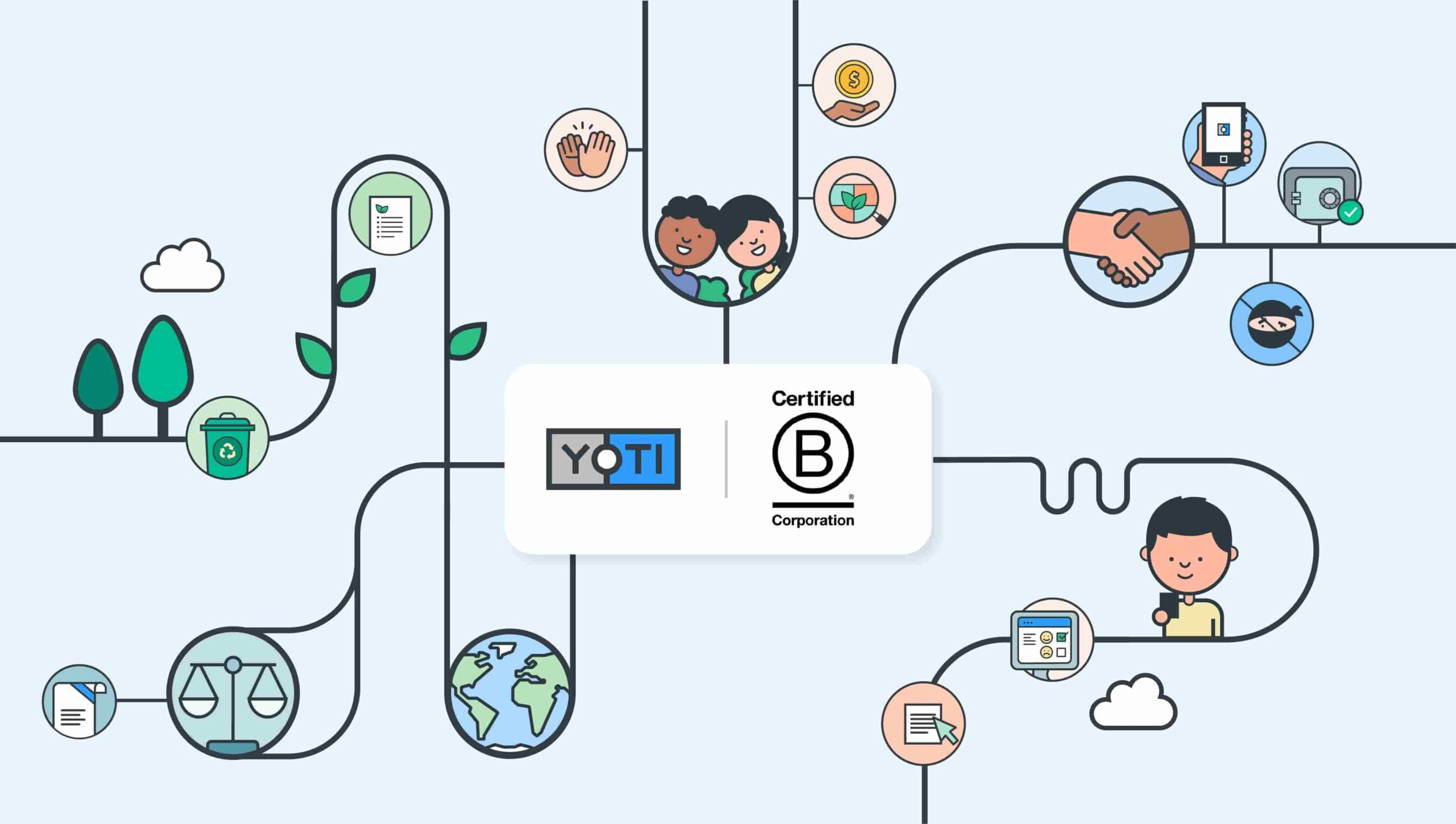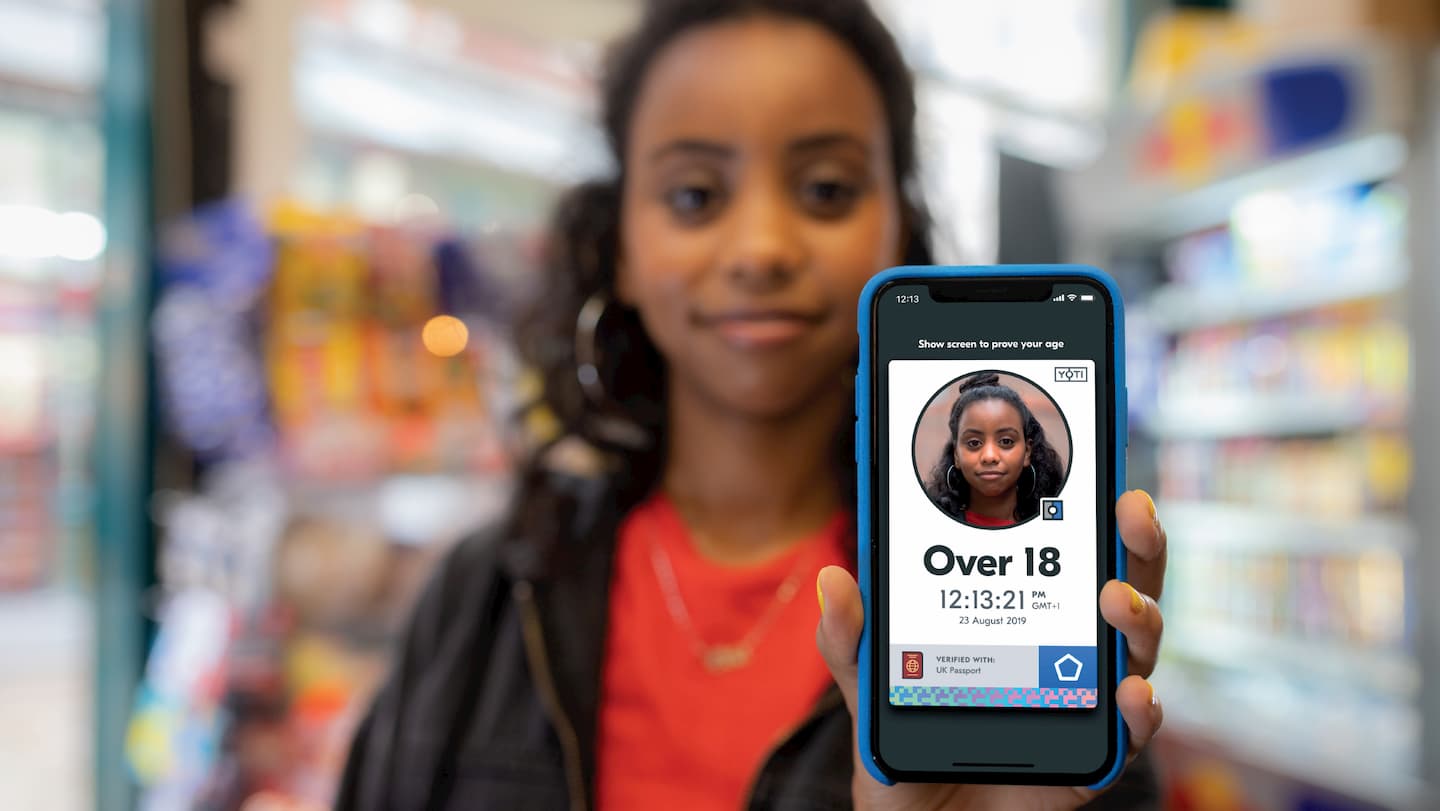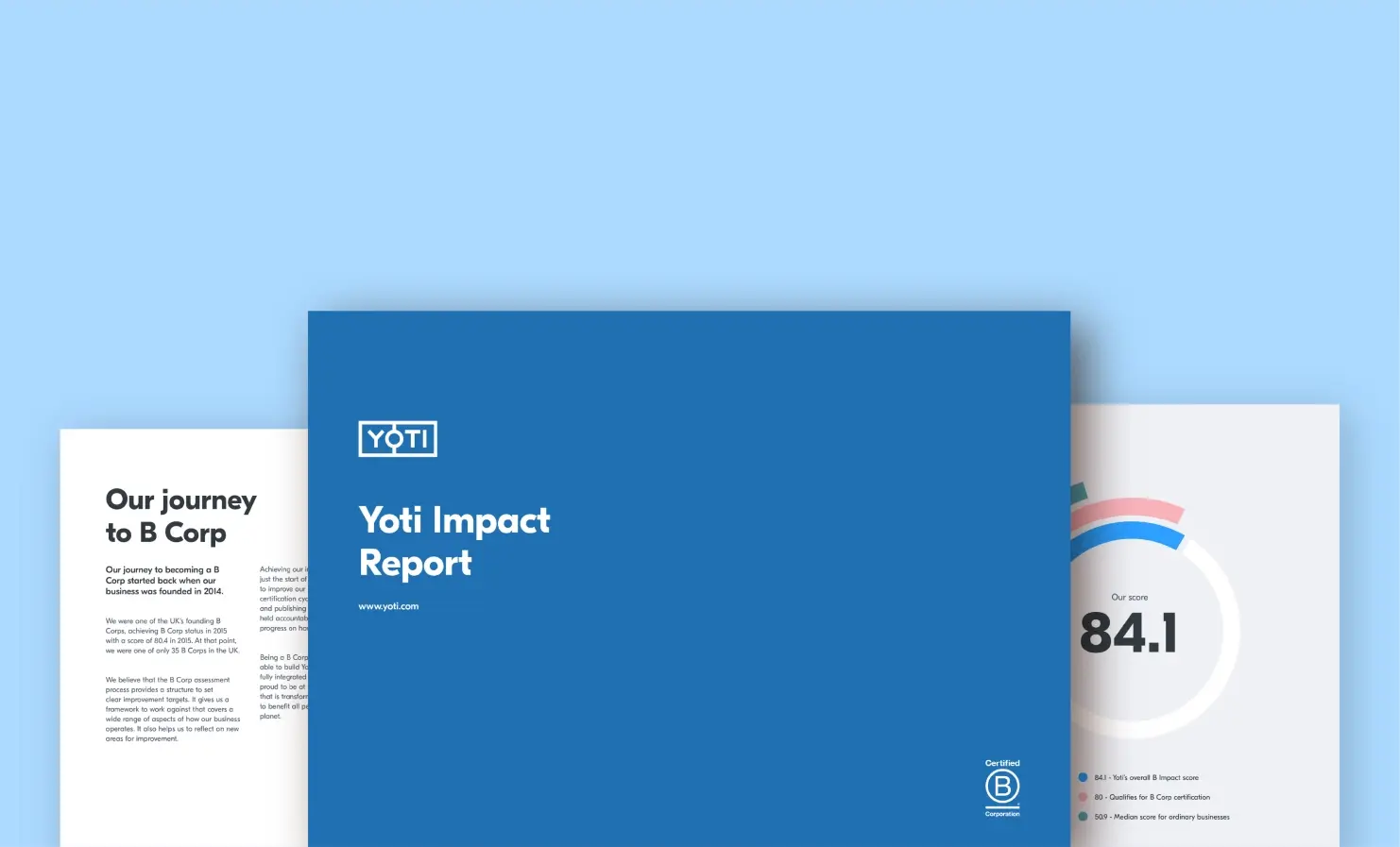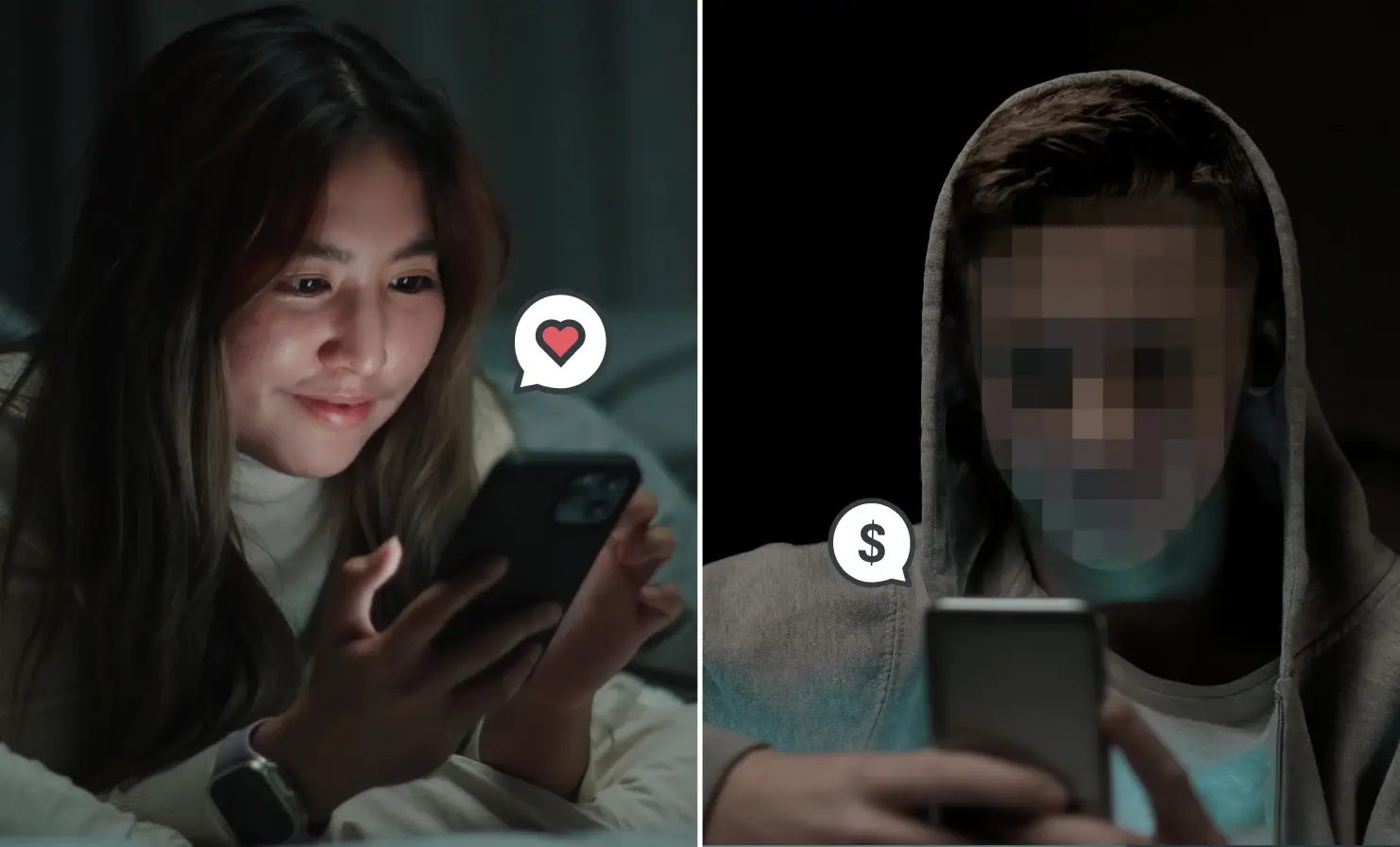Yoti blog
Stories and insights from the world of digital identity
How could digital identity improve maternity and childcare in Kenya?
As we go about our social purpose work we regularly get to speak to local, national and international non-profit organisations. Over the years, we’ve found that many struggle to understand the many ways digital identity solutions might help them in their work. As part of our wider efforts to help the sector make sense of the technology, today we’re publishing the fifth of six articles looking at the use of digital identities in six different humanitarian and environmental settings. Please note that, while the technology use-case is real, the scenarios are hypothetical in nature, and the projects do not exist
Yoti and Post Office gain UK government approval as certified identity provider for DBS, Right to Work and Right to Rent checks
We are delighted to announce that Yoti and Post Office are the first to be a certified digital identity service provider (IDSP) under the UK Digital Identity & Attributes Trust Framework, for Right to Work, Right to Rent and criminal records checks. A significant milestone for Yoti and digital identity This announcement marks the first time that a digital identity app has been approved by the UK government, and our partnership with Post Office has enabled us to bring a unique identity offering to the market. The Yoti and EasyID reusable digital ID apps give people straightforward way to
Meet the Guardians: Seyi Akiwowo
We’re delighted to introduce Seyi Akiwowo as a member of Yoti’s Guardian Council. The Guardian Council The Guardian Council is our independent board of trustees and advisors. They have no financial stake in the company but are wholeheartedly invested in protecting the people we seek to serve. They bring expertise from fruitful careers in sectors like human rights, data privacy and last mile tech to advise us as we navigate the complex world of identity, digital or otherwise. Seyi Akiwowo Seyi Akiwowo is multi-award winning Founder and CEO of Glitch, an trailblazing charity working to prevent online abuse,
UK Cinema Association partners with digital identity provider Yoti to ease 'proof of age' challenges at cinemas
Young people can now prove their age using the Yoti and Post Office EasyID apps, instead of taking documents such as a passport out with them Move is set to reduce pressure and confrontation for staff when checking age LONDON – 30th May 2022 – The UK Cinema Association, representing the interests of the vast majority of UK cinema operators, has today announced a partnership with digital identity provider Yoti so participating sites will accept Yoti and their partner’s Post Office EasyID apps as proof of age. From today, participating cinemas will accept the digital ID
Yoti age estimation approved by German regulator KJM for the highest level of age assurance covering 18+ adult content
We are delighted to announce that Yoti’s Facial Age Estimation technology has now been approved by the German regulator, KJM, for the highest level of age assurance. This means it can now be used for 18+ adult content. In November 2021, Yoti’s Facial Age Estimation technology was approved for 16+ (erotic) content so today’s news is a significant new development as it demonstrates that our technology has passed the highest levels of regulatory scrutiny in Germany. This is the first time age estimation has been approved for use by any regulator at the highest level for the sensitive area of
How digital identity could help promote education in Angola
As we go about our social purpose work we regularly get to speak to local, national and international non-profit organisations. Over the years, we’ve found that many struggle to understand the many ways digital identity solutions might help them in their work. As part of our wider efforts to help the sector make sense of the technology, today we’re publishing the fourth of six articles looking at the use of digital identities in six different humanitarian and environmental settings. Please note that, while the technology use-case is real, the scenarios are hypothetical in nature, and the projects do not exist
Browse by category
Essential reading
Get up to speed on what kind of company we are
